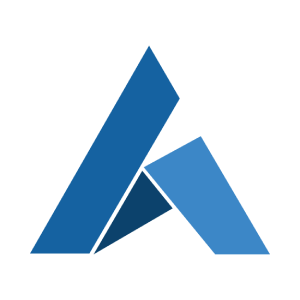
Ardor
Ardor Price Converter
Ardor Information
Ardor Markets
About Ardor
Ardor (ARDR) Ardor (ARDR) is a cryptocurrency token that is primarily used to establish consensus and secure the Ardor network. The ARDR token operates as a "proof-of-stake" token, which means that holders can "stake" their tokens to help validate and forge new blocks on the Ardor blockchain, thereby receiving rewards in the process.
Ardor Platform The Ardor Platform is a scalable, multi-chain blockchain-as-a-service (BaaS) platform designed to allow businesses, institutions, and other entities to develop their blockchain solutions with relative ease. Ardor's architecture is unique in that it separates the network security chain, also known as the parent chain, from the transactional chains, known as child chains. This separation allows for scalable and customizable child chains that can be tailored to specific use cases, without congesting the main Ardor chain.
ARDR tokens are primarily used for:
- Securing the Network: ARDR operates on a proof-of-stake consensus mechanism. Those who hold and stake ARDR tokens participate in the process of validating and forging new blocks, helping to maintain the security and integrity of the network.
- Fees for Child Chain Creation: Entities wishing to create their child chains on the Ardor platform may be required to pay fees in ARDR tokens.
- Voting: ARDR tokens can also be used in some decision-making processes within the network, allowing stakeholders to have a say in certain developments or changes to the platform.